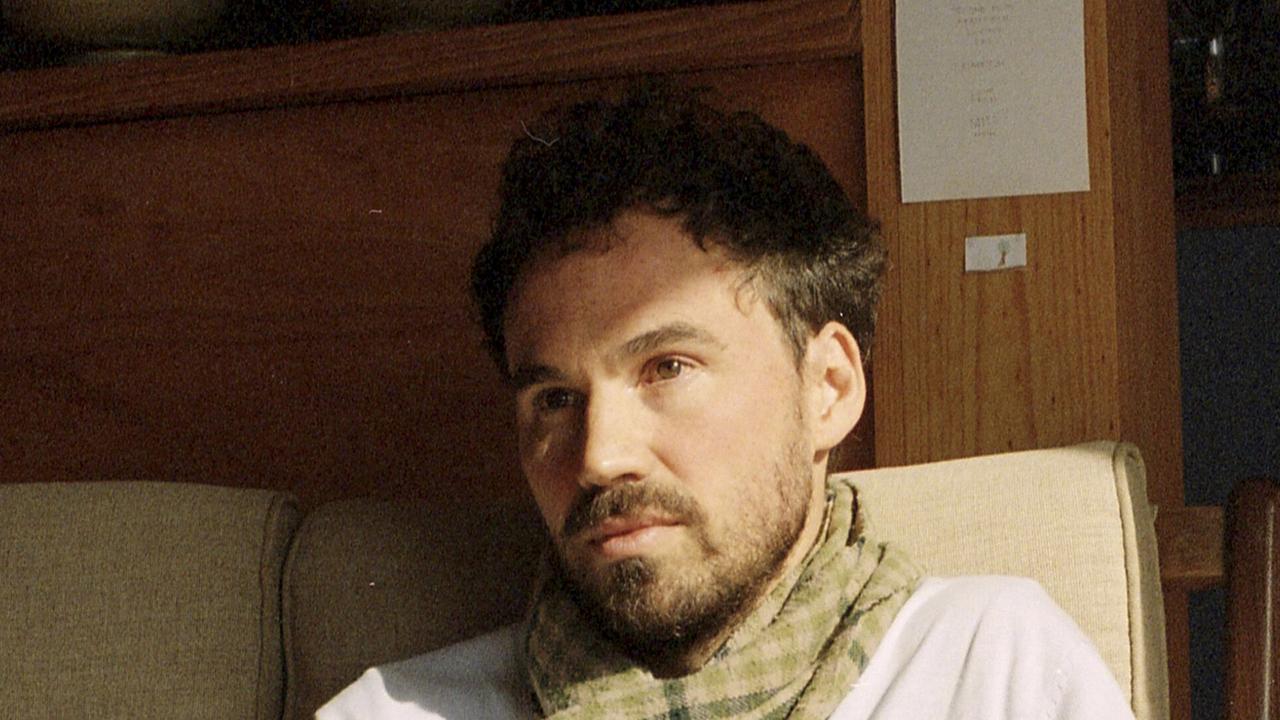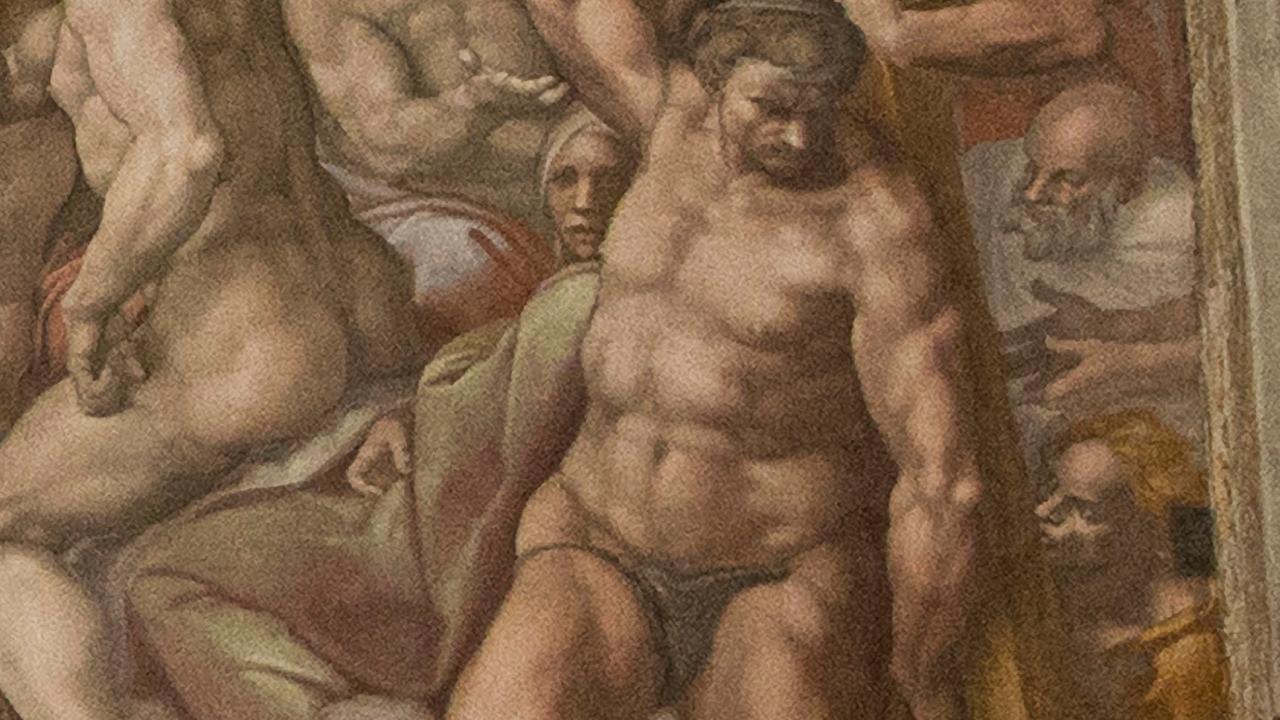Bridget Jones has a male equivalent
SWEET Old World and The Longing both deal with the human need to make connections and find a sense of belonging but the similarities end there.

DAVID Quinn is 43, single and lives a reclusive life in a cottage on the Irish island of Inishmore. When he's not working on his book about corporate mendacity or helping his sister Orla run a shambolic guesthouse, he suffers the pangs of baby hunger.
Fearing extinction without descendants, he is curdled by his desire for a family and even acting as a surrogate father to his three nephews does not quell his need to be the centre of someone else's life.
Deborah Robertson's previous works include a well-received collection of short stories, Proudflesh, and a Miles Franklin Award shortlisted novel, Careless. With Sweet Old World she continues her ruminations on love and loss.
A chance encounter with Ettie, 17, who ruffles over David's monolithic dreariness like a fresh breeze over a grey stone island, promises to provide him with the impetus to move and change. That is until her coma-inducing bike accident, possibly caused by her refusal to take her epilepsy medication. So David is once again reduced to stagnating in self-pity about his childless future.
Fortunately, another chance of happiness materialises in the form of Ettie's mother, Tania, who comes from Western Australia to be at her daughter's bedside. David and Tania begin a tentative relationship full of torturous setbacks and misunderstandings as well as romantic moments such as popping grapes into each other's mouths.
Sweet Old World creeps along; its tone is lugubrious and ponderous. One of the problems is the unengaging protagonist, who mopes about, reminiscing about failed relationships and unborn ghost children and whingeing about his dodgy back. While it's a change, post-Bridget Jones, to read about overwrought male singletons who feel unfulfilled without partner and progeny, David's obsessive carping is tedious.
Even when he's in hospital visiting Ettie, David marvels at the new fathers wandering around outside maternity wards. Their very ordinariness offends him. He can't understand why they're not wearing crowns on their heads when "they are the kings of the world today".
By investing in such a character as her main narrative linchpin, Robertson does her book no favours. Ettie, a far more vibrant and interesting character, unfortunately is unconscious for most of the novel. Nor do we spend much time alone with Tania, except to learn she has abandonment issues thanks to a feckless father and ex-husband.
Sweet Old World is an old-fashioned love story about the need for comfort and safe harbour, particularly when middle age marks a process of erosion and deepening fault lines. The novel is shot through with weak rays of hope but it's mostly a melancholic affair, more bitter than sweet.
Like Sweet Old World, The Longing is about making connections and finding a sense of belonging, but here the similarity between the two books ends. Candice Bruce's novel bustles about and is crammed with momentous public incidents, compared with Robertson's quiet, introverted, languidly paced story. The Longing is an ambitious debut for Bruce, an art historian and curator, who brings her knowledge of fine art to this intricately plotted story about the provenance of a cache of long forgotten but valuable 19th-century artwork.
But the book's exploration of the daubs and sketchings of the time also serves as a means to canvass the treacherous terrain of sexual politics and race relations in frontier Australia. The concurrent narrative moves between the mid-1850s to the present day.
The historical story focuses on Ellis MacRorie, wife of an aspirational Scottish pastoralist, and her Aboriginal servant, Louisa, while the contemporary one centres on a curatorial assistant, Cornelia, who is researching the work of a prominent (but fictional) 19th-century American landscape painter, S.P. Hart, in central Victoria.
With painstaking sleuthing in the dusty corners of a rambling homestead, Cornelia discovers how integral her artist was in the lives of the lovelorn Ellis and her loyal companion Louisa (otherwise known as Leerpeen Weelan).
Bruce writes with great empathy of the relationship between the two women, whose friendship transcended the rigid class and colour delineations of the time. There's a wealth of historical detail captured in the novel, representing the colonial as well as indigenous experience. We suffer along with bored and restless Ellis, confined to the domestic hearth, and Louisa, who has survived a massacre and had her daughter forcibly removed from her. Indeed, sex and violence is never far from the rarefied world of art politics, with the longing of the title encompassing the desire for home and for romantic and familial love.
The Longing is part mystery, part historical romance, part cultural commentary. Bruce explores how chance discoveries - symbolic etchings on a possum skin cloak, for example - have the power to change history, and how easily significant events can elude the legitimacy of being noted in the public record. The collision of past and present is skilfully managed with the author moving her large cast of characters through time and place, through rugged bushland and teeming cities.
Land rights, ancient cultures and inventions, stolen children, proto-feminism, even phrenology: the various big issues of the day are woven into the crowded narrative but at its heart the book is about the serendipitous interlinking of three women and how their lives are shaped, controlled and twisted by events beyond their control.
Sweet Old World
By Deborah Robertson
Vintage, 291pp, $32.95
The Longing
By Candice Bruce
Vintage, 368pp, $32.95
Thuy On is a Melbourne-based reviewer.


